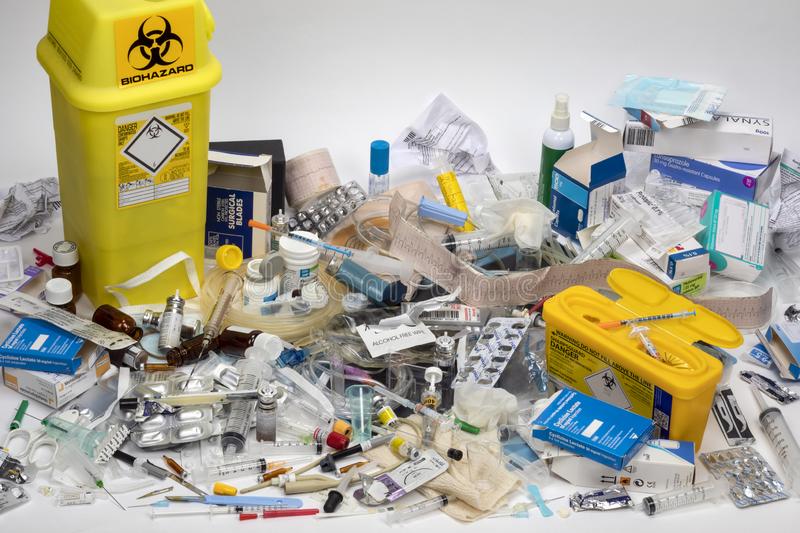Design kits tend to be more than simply a fun interest; they’re a gratifying method to challenge your imagination, persistence, and precision. Whether you dream of making step by step airplane, well-known vehicles, or reasonable battleships, Plastic Models offer an immersive and hands-on experience. If you’re new to this earth, this manual will allow you to understand essential concepts, tools, and ideas to obtain started.
What Are Design Kits?
A type kit is a couple of pre-designed parts that permit you to assemble a tiny version of a car, structure, or character. Model packages come in different groups, including cars, airplanes, vessels, sci-fi figures, and also architectural designs. They range between simple snap-together pieces for novices to complicated, highly detail by detail products for sophisticated builders.
The attraction is based on having a level pile of pieces and transforming it into a masterpiece. It’s a satisfying way to flake out, refine your making skills, and build something tangible with your own hands.
Common Kinds of Model Kits
Newcomers frequently wonder where you should start. Listed below are three common types of design kits to consider for the first task:
Plastic Design Kits
These are good for beginners. They contain pre-molded plastic areas that need assembly. Plastic versions are lightweight, affordable, and versatile.
Wooden Design Kits
Wooden systems tend to be used for vintage boats or architectural miniatures. They might involve more sanding and painting but offer a rustic, amazing charm.
Material Model Kits
Made from die-cast steel pieces, these products are resilient and may deliver stunning realism. But, they frequently require additional instruments and patience.
Essential Tools for Model Set Assembly
Purchasing the proper instruments may make all of the big difference when building your model. Here are a few basics every beginner must have:
Accuracy Cutter or Pastime Blade – For cutting plastic pieces from sprues or great detailing.
Tweezers – Required for handling small parts.
Sandpaper or Files – To clean rough edges.
Glue or Cement – For obtaining pieces together, on the basis of the set type.
Paint and Brushes – If you’re putting a concluding touch to your model.
Novice Techniques for Product System Success
Start Simple
Select an entry-level system with less, greater parts in order to construct confidence.
Follow Instructions
Read the manual carefully before beginning! Many sets include detail by detail, step-by-step manuals.
Remain Organized
Use small bins or containers for parts to avoid dropping anything.
Get Your Time
Building a design is not a race. Persistence assures higher-quality results.
Product equipment making is more accessible than actually, and newcomers can jump into this growing tendency with the right instruments and mindset. Whether you’re designing as a stress-relief pastime or as a gate way to a critical activity, each challenge becomes a distinctive, rewarding experience.

